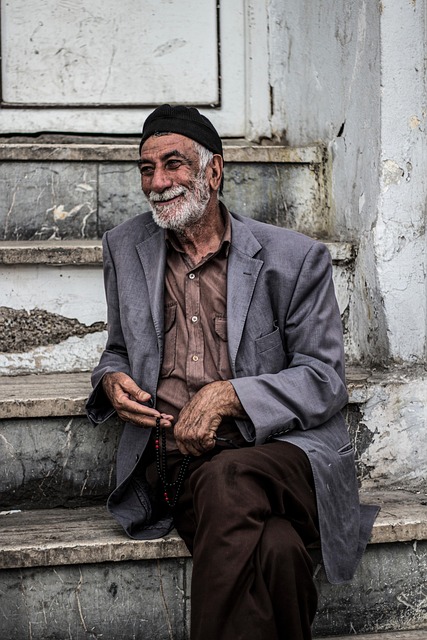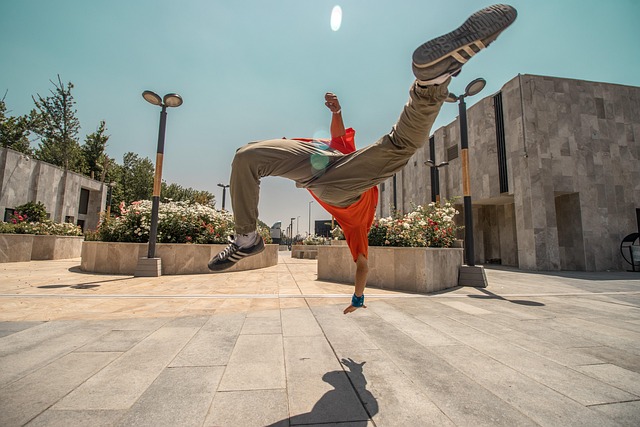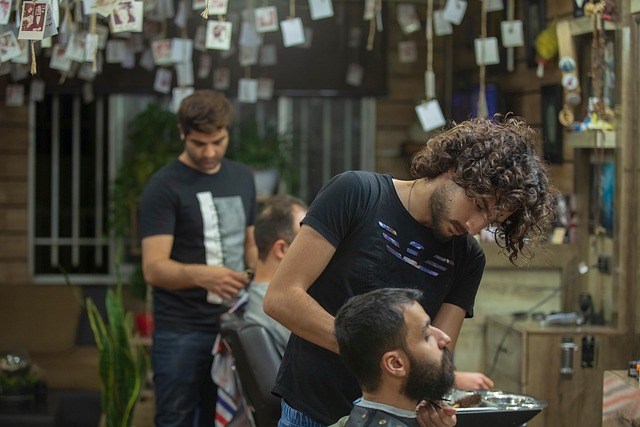Iran's political system blends democratic principles with Islamic values, shaped by the 1979 Revolution. This influences key economic sectors and international relations. Understanding this dynamic is crucial for a successful trip, offering insights into a rich cultural heritage and ancient archaeology. Safety measures, cultural norms, and personalized guidance are essential for a respectful and immersive experience in Iran's diverse landscapes from Tehran to historic sites like Persepolis.
Planning a multi-day trip to Iran? Understanding the country’s political landscape is crucial for a safe and respectful journey. This guide provides a comprehensive overview of Iran’s political system, visa requirements, safety tips, cultural do’s and don’ts, and top multi-day itineraries. Explore Iran’s rich history and vibrant culture while navigating its unique challenges with confidence. Discover why this ancient land is a must-visit destination in today’s world.
- Understanding Iran's Political System: A Brief Overview
- Visas and Entry Requirements for Iranian Destinations
- Safety Considerations When Traveling to Iran
- Cultural Do's and Don'ts for a Respectful Visit
- Top Multi-Day Itineraries for Exploring Iran's Highlights
Understanding Iran's Political System: A Brief Overview

Iran’s political landscape is shaped by a unique blend of historical traditions and modern influences. At its core, the country operates as a democratic republic with a complex system of checks and balances. The Islamic Republic of Iran, established in 1979 following the Iranian Revolution, combines elements of democracy and Islamic principles. This dual nature is reflected in its government structure, which includes an elected president, a parliament (Majlis), and a Supreme Leader who holds ultimate authority over state affairs.
The country’s political system also plays a significant role in various economic sectors, including iran’s oil industry significance and vast natural gas reserves. While the bazaar shopping experience is a well-known aspect of Iranian culture, political decisions can greatly impact the nation’s economy and international relations. Understanding these dynamics is crucial for visitors planning a multi-day trip to Iran, such that they may appreciate the country’s rich history and diverse cultural tapestry while visit us at saba era history anytime.
Visas and Entry Requirements for Iranian Destinations

When planning a multi-day trip to Iran, understanding the country’s political landscape is crucial for a smooth travel experience. Visitors from many countries require a visa to enter Iran, and entry requirements can vary based on your nationality and purpose of visit. It’s important to check with your local embassy or consulate well in advance to secure the necessary paperwork.
Iran’s complex history, including its nuclear program controversy, has influenced its international relations and travel regulations. However, the country boasts a rich cultural heritage dating back to the Mesotolian period, offering visitors a chance to immerse themselves in Iranian culture facts and ancient archaeology. To ensure a hassle-free journey, travelers should familiarize themselves with the latest entry guidelines. Give us a call at Hafez and Saadi poetry analysis for personalized guidance tailored to your specific needs and itinerary.
Safety Considerations When Traveling to Iran

When planning a multi-day trip to Iran, safety should be your top priority. Despite its rich culture and history, including remarkable sites like the Susan Ancient City, Iran’s political landscape can be complex and ever-changing. It’s crucial to stay informed about current events and follow official travel advisories from your government before and during your visit. Additionally, being aware of local customs and laws is essential; while many Iranians warmly welcome visitors, understanding cultural norms, such as dressing modestly, especially in public spaces, can help you avoid misunderstandings or unintentional offenses.
Engaging with the local people, learning basic Farsi phrases, and exploring traditional art like intricate rugs can greatly enhance your experience. However, exercise caution when sharing personal information online or discussing politics, as sensitivity towards these topics varies across regions. Always be vigilant in crowded areas and keep an eye on your belongings to prevent theft. By being proactive about safety measures, you can fully immerse yourself in the Saba era history and appreciate the country’s unique blend of ancient traditions and modern influences while visiting us at Susan Ancient City anytime.
Cultural Do's and Don'ts for a Respectful Visit

When planning a trip to Iran, understanding cultural dos and don’ts is essential for a respectful visit. Iran, with its rich history dating back to the Mesotolian period and vibrant Silk Road history, boasts a unique blend of traditions and customs. One important aspect to remember is dressing modestly, especially when visiting religious sites like mosques. Women should wear long, loose-fitting clothes that cover their arms and legs, while men should opt for long pants and shirts that reach their wrists and ankles.
Avoid public displays of affection, as these are generally frowned upon in Iranian culture. Respecting local customs is key to a positive experience. Additionally, learn some basic Farsi phrases, as it shows respect for the language and people. Iran’s cultural norms are deeply rooted in hospitality, so be prepared for warm welcomes and generous hosts. Remember, being mindful of these guidelines will allow you to immerse yourself in Iranian culture while ensuring a respectful and enjoyable trip within the Tehran metropolitan area and beyond. Find us at Iran’s silk road history for more insights into exploring this captivating country.
Top Multi-Day Itineraries for Exploring Iran's Highlights

When planning a multi-day trip to Iran, exploring its rich history and diverse culture is essential. Here are some top multi-day itineraries that highlight Iran’s highlights, from ancient civilizations to vibrant cities. One popular route begins in Tehran, delving into the country’s modern history with visits to iconic landmarks like the National Museum of Iran. Subsequently, travelers can immerse themselves in the spiritual heart of the nation by exploring the sacred sites of Isfahan, renowned for its architectural marvels and the majestic Imam Square.
For those fascinated by Iran’s ancient past, a journey through time awaits in Persepolis and Pasargadae, where the glories of the Achaemenid Empire, including the fascinating Zoroastrianism origins in Iran and the Saba era history, can be experienced firsthand. Enjoying local cuisine is also integral to any trip; Iranian cuisine traditions offer a delightful blend of spices and flavors that reflect the country’s varied regions. Evenings can be spent savouring meze platters and trying traditional dishes like chelo kabab while listening to performances of Persian poetry appreciation.
Planning a multi-day trip to Iran involves navigating its unique political landscape, understanding entry requirements, prioritizing safety, and respecting local culture. With this guide, you’re equipped to delve into Iran’s rich history, breathtaking landscapes, and vibrant cities, ensuring a memorable journey that honours both your experiences and the local community.





Leave a Reply